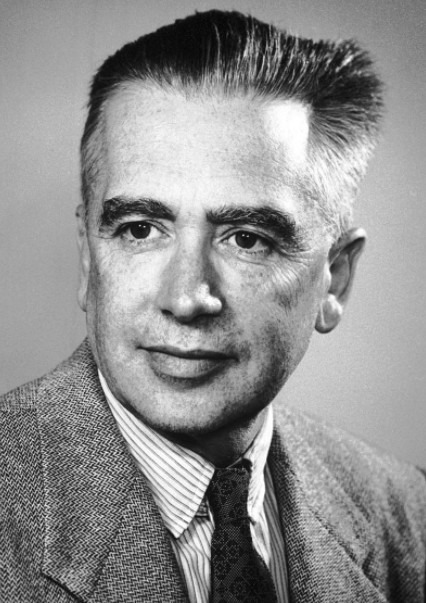Astatine, with the symbol “At” and atomic number 85 in the periodic table, is one of the rarest elements on Earth, and some experts are even stating that it is the rarest naturally occurring element on the planet. Its rarity, while mostly being attributed to its scarcity on Earth, is also brought by its ability to decay quite quickly, specifically in under eight hours. Who found out about this mysterious and quickly decaying element? Let us find out as we take a look at the interesting discovery of astatine.
Discovery of Astatine
When Russian chemist Dmitri Mendeleev published his periodic table of elements in 1869, he left out an empty space under the element iodine. Niels Bohr then designated that empty space as the fifth halogen element, and from then on, that mysterious element would be known as “eka-iodine,” which means “one space under iodine” in Sanskrit.
There have been many scientists that claimed to be the first to discover astatine, although there is currently no concrete information as to who really discovered the element first. It was believed that the first claimed discovery for astatine was in 1931, when American physicist Fred Allison, along with his colleagues at the Alabama Polytechnic Institute (now known as Auburn University), found out about the said element and named it “alabamine” (with symbol “Ab”) after the name of the institute. However, resident nuclear engineer H.G. MacPherson of the University of California, Berkley, questioned the validity of Allison’s discovery, which resulted in the disproval of Allison’s methods.
Another discovery for the element was published in 1937 by Indian chemist Rajendralal De, who named the element “dakin.” Rajendralal found element 85 by its isolation in the thorium series equivalent of radium F or polonium-210 in the radium series. Unfortunately, it was proven that the chemists’ discovery was not astatine, but the identity of the element he found is currently unknown.
Before Rajendralal published his work on element 85, there was already another discovery claim in 1936 by Romanian physicist HoriaHulubei and French physicist Yvette Cauchois, although they were only able to publish their concrete findings in 1939. In 1944, Hulubei gave the name “dor” for element 85, and this word is the Romanian for “longing.” The “dor” name had a deeper meaning for Hulubei, as he originally wanted to name element 85 as the Romanian equivalent of “longing for peace,” which is supposed to symbolize the world’s state during World War II.
In 1947, the claim by the two physicists was disproven by an Austrian chemist named Friedrich Paneth, who would eventually become an important figure in the discovery of new elements when he became the chairman of the International Union of Pure and Applied Chemistry or IUPAC. According to Paneth, Hulubei and Cauchois’s findings were not enough to identity astatine. Furthermore, although the physicists did detect the element, the amount of astatine discovered by them was not enough to form a conclusion if what was discovered was actually a new element.
One year after the publication of Hulubei and Cauchois’ work, a Swiss chemist by the name of Walter Minder claimed to have discovered element number 85 as a beta decay product of radium A, otherwise known as polonium-218. Minder chose the name “helvetium,” to represent his country Switzerland, whose Latin name is Helvetia. In the same year, physicists Dale R. Corson, Emilio Segre, and Kenneth Ross MacKenzie of the University of California, Berkeley, were able to isolate element number 85 for better identification and examination. However, the three physicists were unable to produce a name for the element, as they, along with most scientists, believed that elements that are created synthetically should not be considered as real elements, hence the reason why the isolated astatine cannot be classified as real astatine during that time.
In 1946, astatine was found yet again as a decay product, but this time through two naturally occurring decay chains in the uranium series and the actinium series. This discovery is attributed to Berta Karlik and TraudeBernert. A third naturally occurring decay chain would also be discovered a few months after, and this decay chain is on the neptunium series. Through this discovery, Friedrich Paneth announced in the same year that synthetically made elements can be considered evidence for a new naturally occurring element, thus allowing synthetic astatine to be a solid proof of the existence of element 85.
In 1947, Corson, Segre, and MacKenzie were finally permitted to come up with a name for element 85. The physicists wrote in a letter published in the British weekly scientific journal called Nature that element 85’s named should be “astatine,” which is derived from the Greek word “astatos” meaning “unstable,” due to how the element can quickly decay. In addition, the “-ine” in the element’s name comes from how the four other halogen elements have “-ine” at the end of their names. Soon after, element 85 officially became known as astatine.

